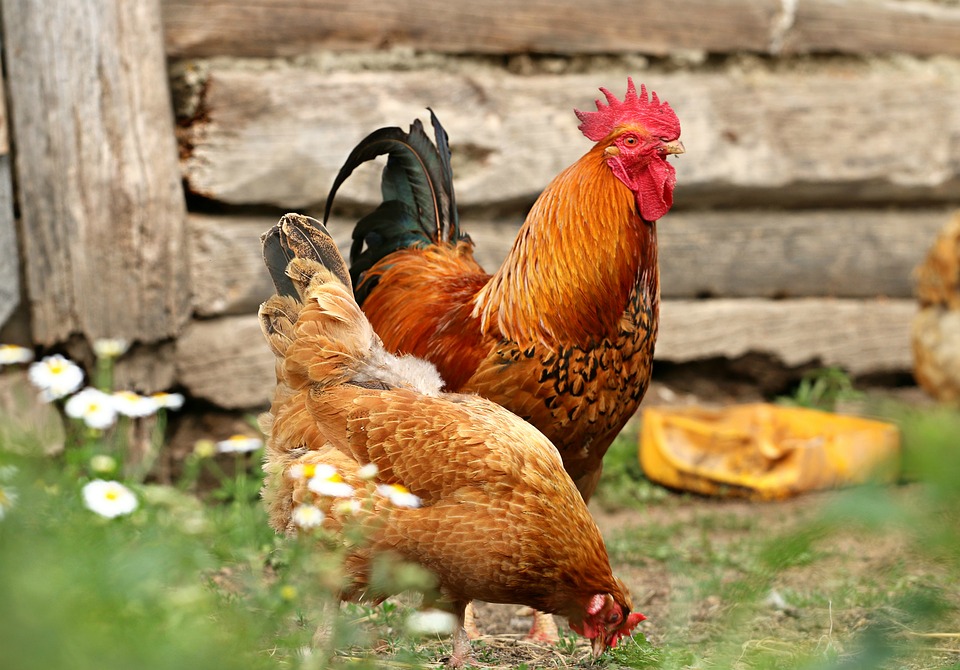I must confess, that embracing the heart of homesteading also means warming up to unconventional companionship, particularly with my feathery friends. At the crack of dawn, when the subtle rays of the sun gently kissed the dew-kissed earth, my adventure began with a humble hen, affectionately named Daisy. Curled up beside me, this little bundle of feathers invited not just warmth and a peculiar kinship but also an array of contemplations about our nightly escapades.
In the Cozy Nest: The Initial Days
Indeed, slipping under the covers with Daisy seemed nothing less than an adventure, albeit interspersed with a spectrum of feelings. What began as a mere experiment, cushioned by curiosity, gradually transpired into a unique, heartwarming journey. Navigating through the meadows of the unknown, my little Daisy and I discovered the peaks and troughs of shared nocturnal spaces.
Oh, the pure joy of having a warm, living creature softly breathing next to you! The rustle of her feathers, her gentle clucks whispering secrets of the coop, and the occasional pecking in the dreamy realms of her sleep – it was a melody, a new lullaby that ushered me into serene slumbers.
Unveiling the Layers: Safety and Hygiene
Now, let’s debunk the intricacies wrapped around the safety and sanitary perspectives of snoozing with a hen.
- Zoonoses: Diseases that transmit from animals to humans. A concept that perpetually hovered over my sleep-infused thoughts.
- Parasites: Tiny, unwelcome guests that may inadvertently become part of our nightly tale.
- Allergens: Unseen, floating particles that could potentially tickle the nostrils or ignite respiratory dilemmas.
In truth, sharing a bed with Daisy was no bed of roses. As bucolic as it may sound, the matter of hygiene clung to my conscience, persistently coaxing me to delve deeper into the potential repercussions.
With vigorous research, reading through numerous academic articles and pestering every vet within a 50-mile radius, I uncovered a trove of insights that bordered on the brim of apprehension and cautious acceptance.
Snuggled, Yet Separated: Crafting Boundaries
As our nightly escapades blossomed, boundary became a term not just bounded to land but intertwined with our slumbers. Crafting a separate, comfy space within my sleeping arena, Daisy’s nest came to life. A space that safeguarded my sanity and her essence, protecting us from potential health predicaments.
Here lies the paradox – nestled together, yet bounded by invisible threads of prudence and care. Our nights mirrored the amalgamation of harmony and safeguarded boundaries, of embracing and maintaining a careful distance.
- The Nest: A cozy spot, cushioned and warm, replicating her natural abode, placed adjacent to my pillow.
- Cleanliness: A strict regime of dusting, washing, and ensuring Daisy is parasite-free and clean.
- Vet Visits: Regular check-ups to ensure Daisy’s health doesn’t flutter into the abyss of unknown ailments.
Emotional Coop: Unfurling Affection & Attachment
In this snuggle-fest, emotions weren’t merely passengers; they became the drivers, steering our journey through uncharted territories. Daisy became not just a hen but a comrade, sharing our quiet moments enveloped in the tranquil blanket of the night. Her gentle clucks became whispers, narrating tales of her day, of the crumbs she found, and the little adventures in her coop.
But ah, beneath the palpable affection lay an unspoken understanding, a mutual respect for our individual spaces and species-specific behaviors. As a homesteader, it became quintessential to juggle the seesaw of human and animal domains delicately, ensuring neither end plummeted harshly onto the grounds of neglect or unintentional harm.
Concluding Our Nightly Tales
Embarking on this peculiar journey with Daisy, I uncovered layers not only of our existence but also of cohabitation, which is nurtured with respect, care, and an underlying understanding of our intrinsic natures. But herein lies the essential query – is it safe to sleep with a pet hen?
From the layers of my experience, enveloped within the warm feathers and rhythmic clucks, the answer is dipped in cautious optimism. Yes, but with boundaries. Yes, but with continual, unwavering attention to hygiene and health.
Perhaps, in Daisy, I found not merely a hen, but a companion, a tiny heartbeat echoing in the silent nights, narrating tales untouched by words, and embarking on adventures within the cozy confines of our shared yet separated spaces. Our slumbers became a dance, a delicate waltz twirling between affection and caution, gently unveiling the depth of interspecies companionship.
My heartstrings play a melody, soft, comforting, and sometimes pricked by the thorns of cautious cohabitation, yet here we are, Daisy and I, weaving a tapestry of memories under the starlit canvas of our homestead nights.





